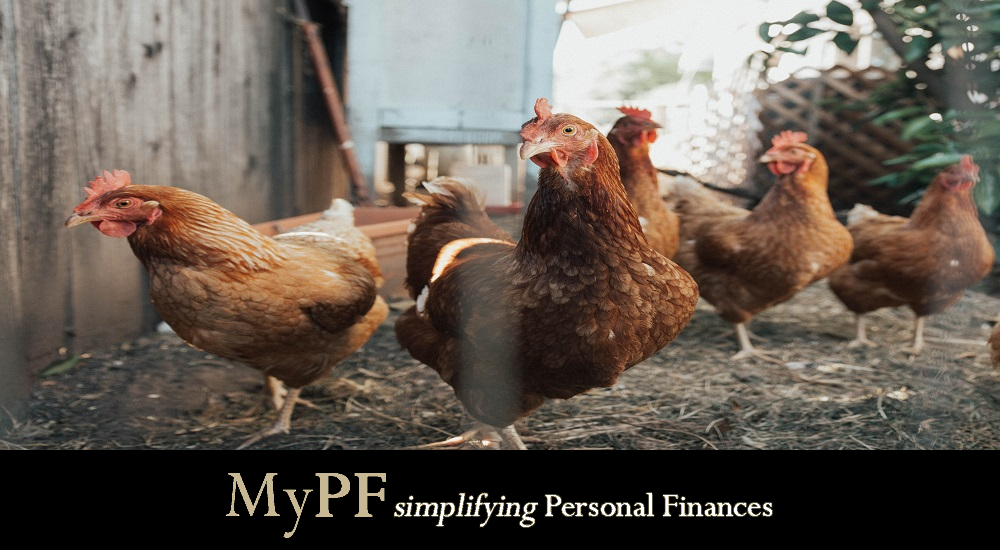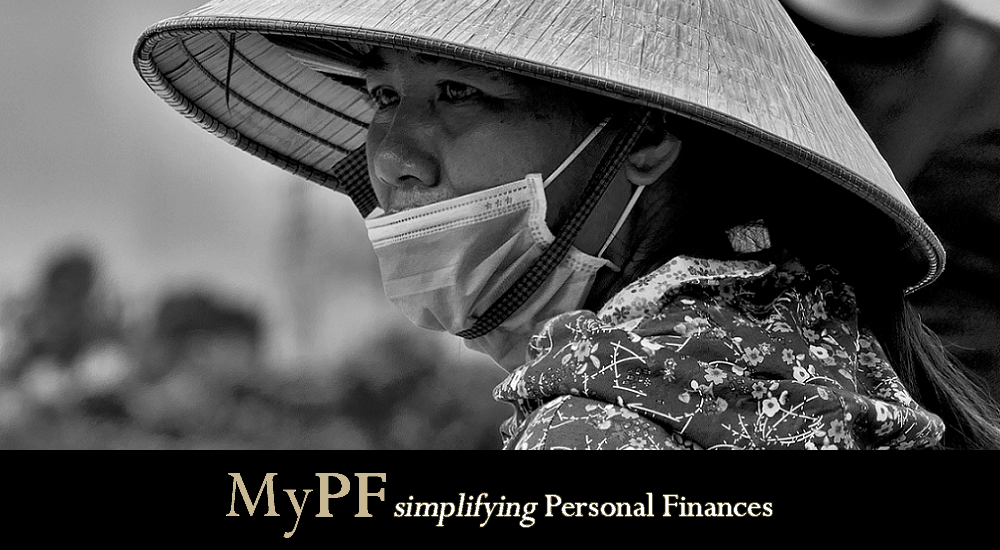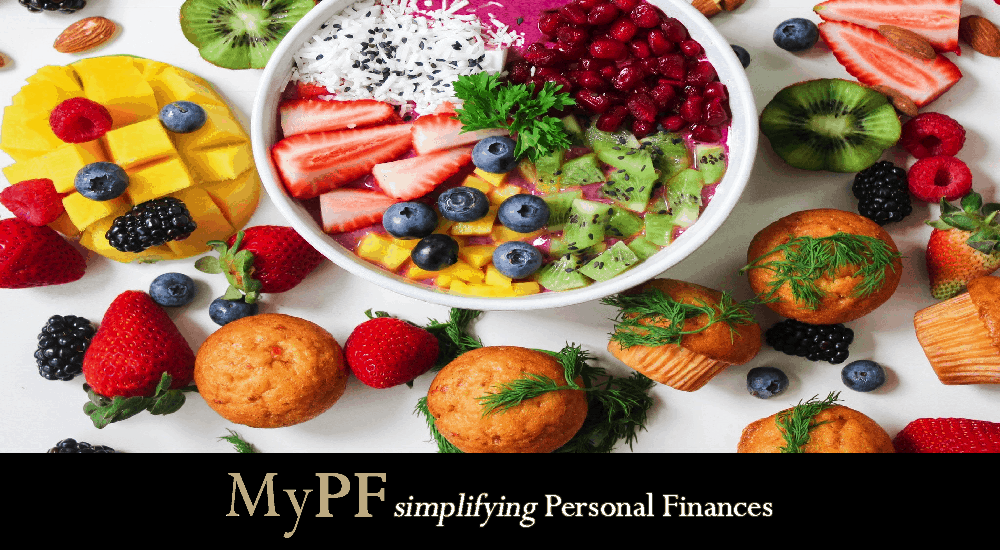Chicken prices increasing? Finding it difficult to buy them?
Chicken prices have been a hot topic in the Malaysian media recently, with the ban on the exports of chicken, and the removal of the price ceiling for chicken.
While the export ban has since been eased and the price ceiling for chicken has been re-introduced at a higher price, worries remain as chicken forms a crucial part of the everyday Malaysian diet.
Why have chicken prices increased? What is the root cause? Find out below on how chicken prices are increasing from the pandemic and the Russia-Ukraine conflict!
Contents
#1: It Started from the Pandemic
During the pandemic in 2020 and 2021, many Malaysians were forced to stay home. This was also true for many businesses in the poultry industry as workers were in short supply while transportation and logistics became harder to arrange.
When there are difficulties for workers to come to work and services to locally transport the chicken, there will be a shortage in the supply of chickens in the market. Companies could not present enough chickens to meet demand.
This trend was true for much of the world during the pandemic as surprise supply shortages for certain products (e.g. toilet paper) drove many consumers to panic buy on things out of unfounded fears that they would not be able to buy these items in the future. This stockpiling exacerbated the situation by threatening the already short supply.
International transportation also played a role here too. As the whole world shut down during the pandemic, local production of chicken couldn’t keep up with local demand as there were less imports of chicken from overseas. During the pandemic in 2020, chicken prices soared in Selangor when chicken production decreased due to the lack of confidence by chicken producers. Prices of global container freights have also sharply increased by almost 6.5 times from $1,592 in December 2021 to $10,361 in September 2021.
With the pandemic effectively over or ending soon depending on your view, shouldn’t chicken prices return to their previous price? Why are chicken prices still rising? We elaborate more in the next point.
#2: And then the War in Ukraine Started
Russia is the world’s biggest exporter of crude oil and second-biggest exporter of natural gas. Russia utilised both to fuel the conflict, and so the European Union chose to ban both imports.
For wheat, both Russia and Ukraine accounts for nearly a third of the world’s wheat production while for corn, Ukraine produces about 16% of the world’s corn production. Naturally, production and transportation were severely strained due to the ongoing warfare.
Clearly the Russia-Ukraine conflict was causing the prices of these commodities to increase due to a supply shortage in the world.
Additionally, it had indirect effects on other commodities in the world too. Companies switched to alternative commodities to save cost, such as coal, palm oil, soybean and barley and that in turn increased the price of these commodities as demand increases.
#3: Increasing Prices of Transportation
Transportation and logistics is everything in today’s world. Most of the products that you buy require materials imported from all over the world to make them. That applies to chickens too. Malaysia imports almost all of its livestock feed from overseas, which makes transporting them crucial to chicken producers.
Crude oil prices increased sharply by 44% from $77 per barrel in December 2021 to $112 per barrel in July 2022, while natural gas prices increased even more by 54% from $3.7 in December 2021 to 5.7 in July 2022. This has increased the cost of transportation by at least 50% for most of the international transportation and logistics companies.
While global container freight prices have decreased from the beginning of the year, it still remains very expensive at $7,635 in May 2022, compared to only about $1,592 in December 2019 before the pandemic.
Higher crude oil and natural gas prices are expected to increase the cost of container freights, further increasing the price of livestock feed for chickens also.
#4: And also Prices of Chicken Feed
Most of the chicken feed that Malaysian chicken producers use comes from corn, wheat, barley, and soybean. As mentioned previously, Russia and Ukraine were major producers of corn and wheat, where a disruption in the supply has raised prices of these commodities. Corn prices increased by 28% from $591 in December 2021 to $756 in July 2022, while wheat prices increased by as much as 41% from $771 in December 2021 to $1,088 in May 2022.
Prices of soybean and barley has also been increasing, due to the Russia-Ukraine conflict and higher transportation costs. Soybean prices increased by 27%, while barley prices increased by 32% from December 2021 to May 2022.
As the prices of these raw materials for chicken feed increased, chicken producers would have to pass on some of that cost increase to consumers to keep afloat.
Conclusion
As the Russia-Ukraine conflict continues, it is very likely that transportation and chicken feed prices will remain high in the future. The government has recently re-imposed the price ceiling of chicken to help ease consumers’ concerns. However, bear in mind this may lead to the government increasing taxes in the future.
As a consumer, you can consider switching to other protein alternatives such as fish or tofu. As a citizen of the world, we continue to urge for peace and stability as any conflict will eventually become our conflict too.
Let us know in the comments below on what you think about chicken prices!
You May Also Like
- What Do Malaysians Spend The Most On?
- 7 Post-Pandemic Expenses to Prepare Yourself For
- 5 Expense Tracking Apps You Should Consider Using
- Income and Expenses
- 9 Steps on How to Rebound After a Financial Setback










Leave A Comment